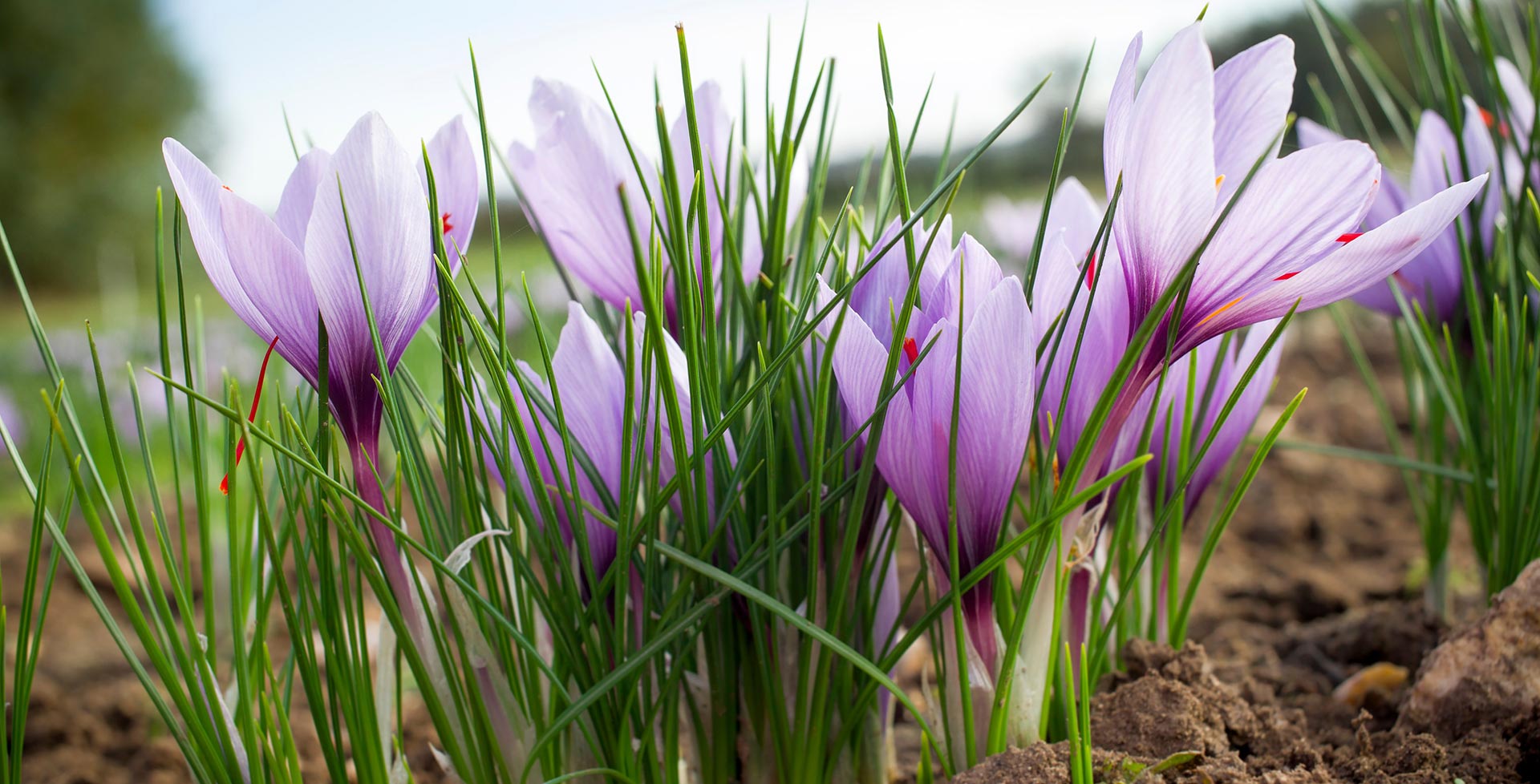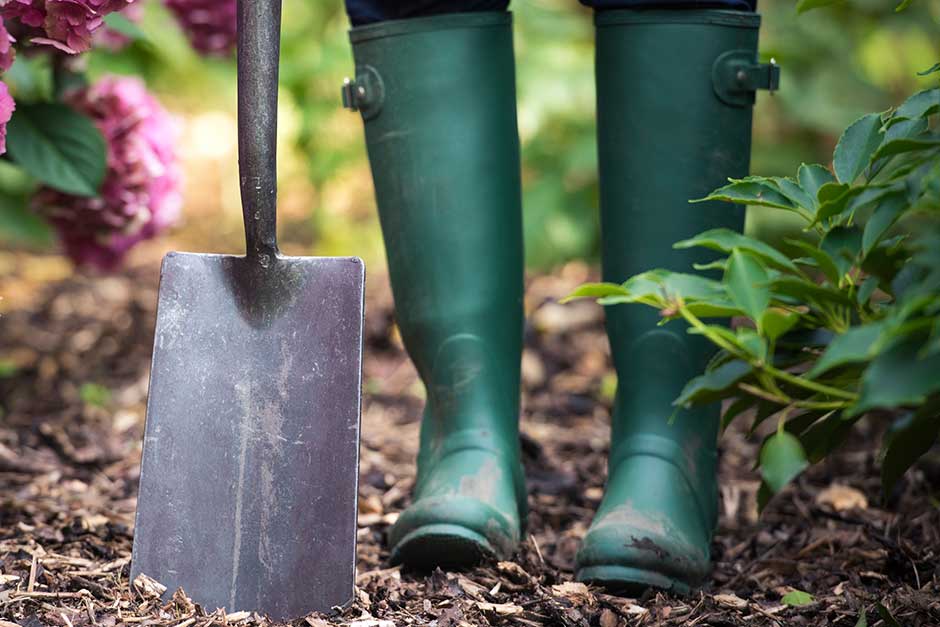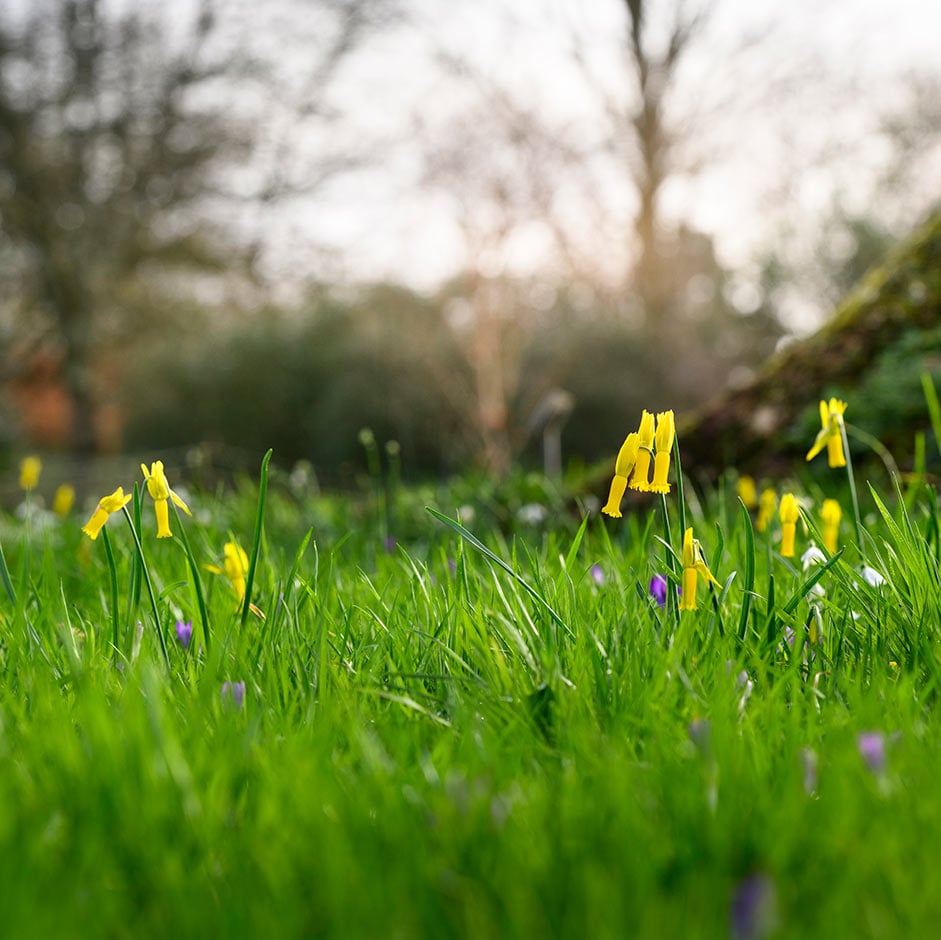
Introducing...
Autumn-flowering crocus
Botanical name: Crocus
Short in stature, autumn crocuses are best placed near the edge of a border, in a rock garden, or in groups in grass. While the flowers appear in autumn, the leaves often follow on in winter or early spring. The saffron crocus (C. sativus) is autumn flowering.
Looks
Goblet-like flowers a few centimetres (inches) tall, usually in shades of pale to deep lilac. The blooms open wide at the tops of slender bases, sometimes revealing contrasting throats and showing off golden-yellow stamens.
Likes
These crocuses will grow in full sun and soils that drain well, preferring a position where the soil dries out in summer. One exception is C. banaticus that needs a damper and even a shadier spot. Others like C. goulimyi and C. longiflorus need the good drainage offered by a raised bed or even a specialist alpine house. (See Specialist Crocus section for alpine houses and containers.)
Dislikes
In general autumn-flowering crocuses will not grow in shady, wet places. Some that flower in autumn are not fully hardy (see Specialist Crocus section for alpine houses and containers).
Did you know?
Autumn crocuses are sometimes confused with Colchicum autumnale. Colchicums are similar in overall appearance but have larger flowers and much larger clusters of leaves that appear in spring and dieback by late summer.
Growing guide

How to grow Crocus
All you need to know to grow and care for crocus in your garden
Autumn crocuses we recommend
Useful advice

Bulbs: naturalising
Get involved
The Royal Horticultural Society is the UK’s leading gardening charity. We aim to enrich everyone’s life through plants, and make the UK a greener and more beautiful place.